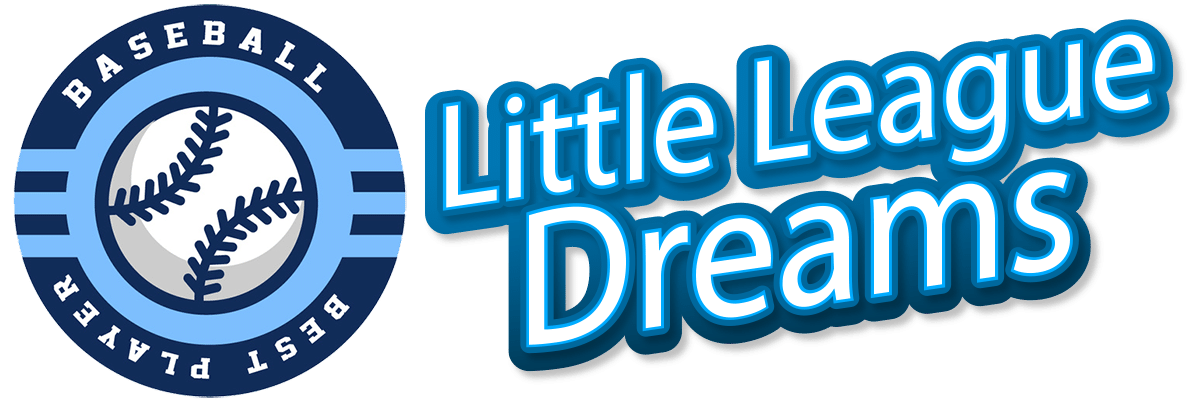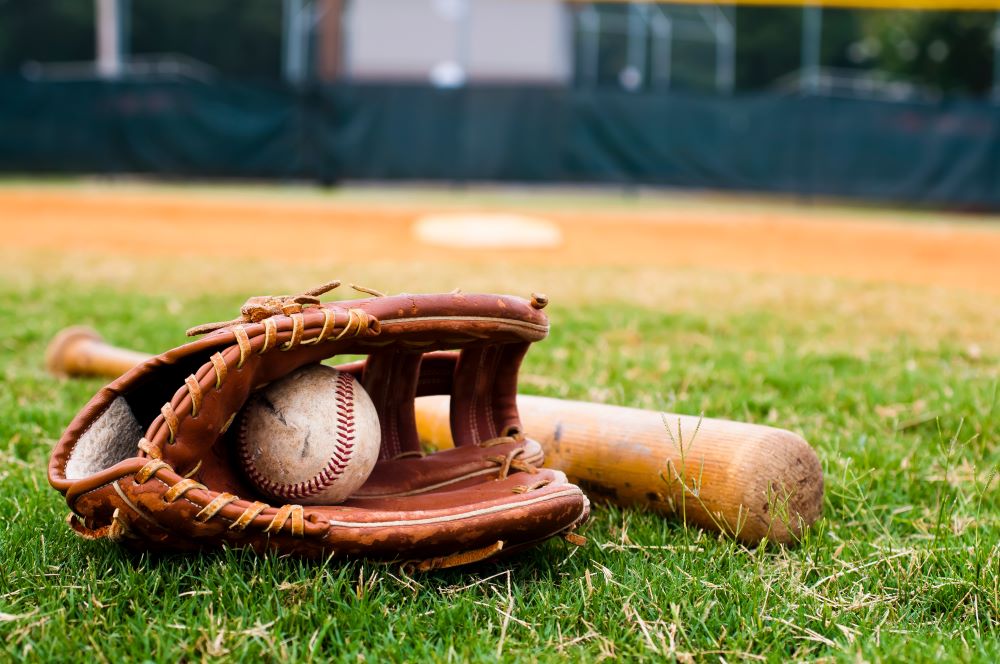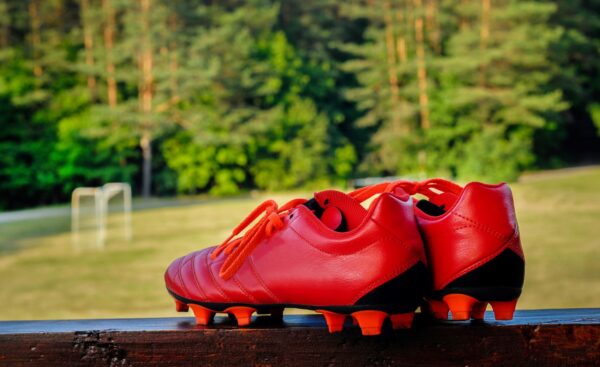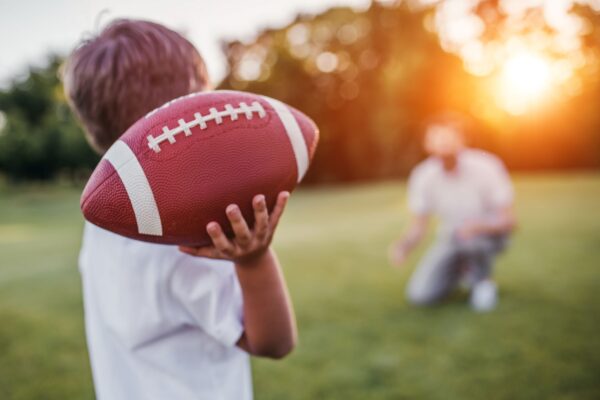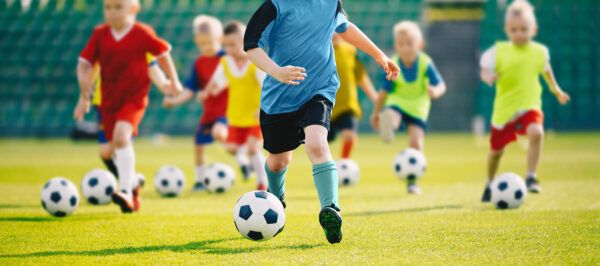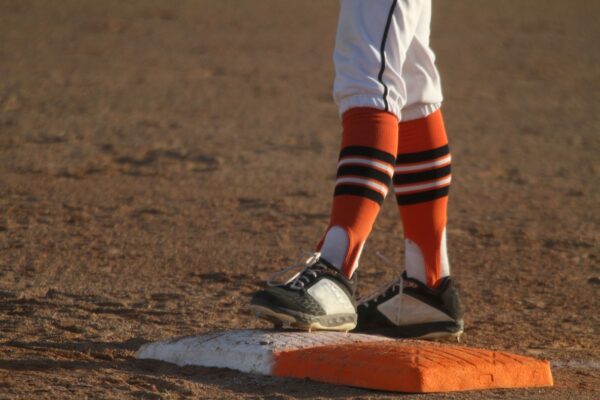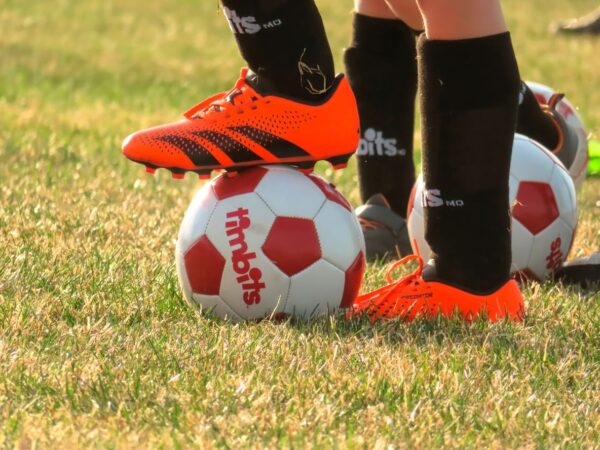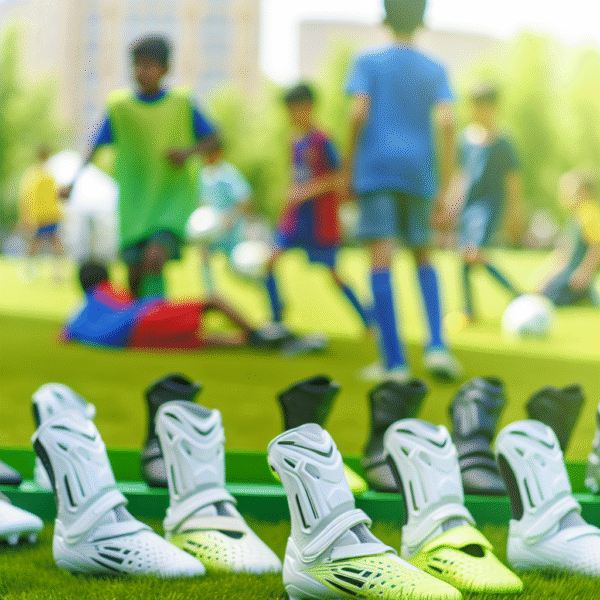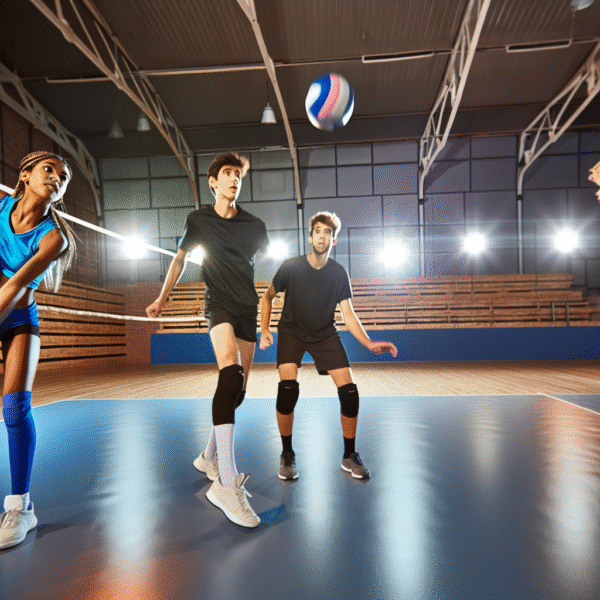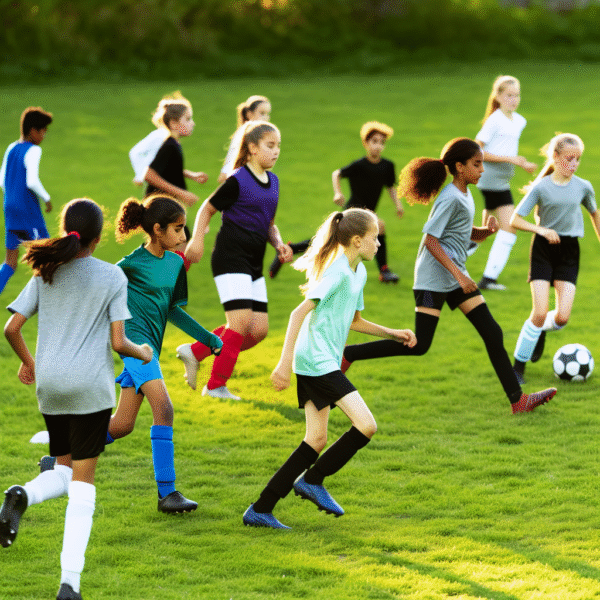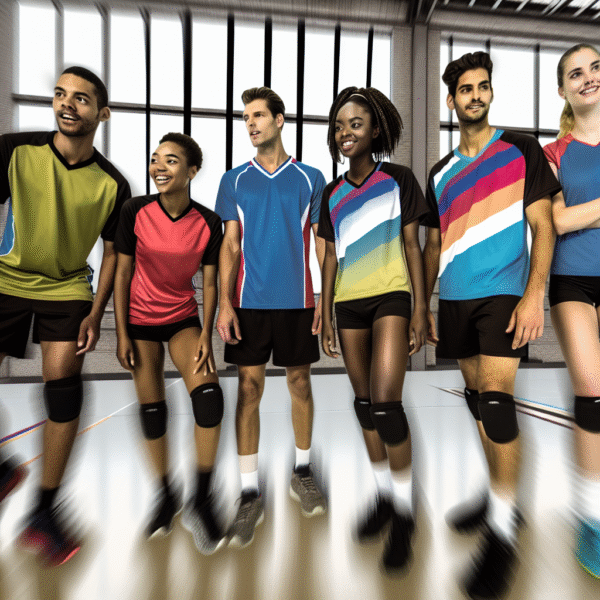Youth baseball equipment plays a pivotal role in helping young players stay safe, feel comfortable, and perform at their best. From gloves and cleats to helmets and training aids, each item is designed with a purpose: to protect, support, and enhance a player’s game. When the gear fits right and meets safety standards, young athletes are free to focus on skill development and team play.
In this complete guide, we’ll cover everything you need to know about choosing the right youth baseball gear—from must-have protective items to extras that help with training and performance.
Why the Right Gear Makes a Difference
Proper gear is more than just a requirement—it’s a foundational part of a young athlete’s success. Well-fitted and high-quality equipment can reduce the risk of injury, increase confidence, and improve gameplay. On the other hand, gear that is too big, too small, or worn out can be distracting and even dangerous.
Most leagues follow safety regulations established by organizations like NOCSAE (National Operating Committee on Standards for Athletic Equipment). These standards ensure helmets, protective gear, and other equipment meet guidelines that protect young athletes from serious injuries.
Must-Have Youth Baseball Equipment
Let’s walk through the core items every youth baseball player needs—and what to look for when choosing them.
Batting Helmets
Helmets are essential for any player stepping into the batter’s box. They protect against wild pitches and accidental collisions.
Key features to consider:
-
Hard outer shell with NOCSAE certification
-
Internal padding for shock absorption
-
Optional faceguards and chin straps for added security
It’s important that the helmet fits snugly without shifting, while still allowing the player to move and breathe comfortably.
Youth Baseball Bats
A good bat can build confidence at the plate, while the wrong one can make it tough to swing effectively.
Things to look for:
-
Age- and height-appropriate length and weight
-
Approved materials (usually aluminum or composite)
-
League compliance (check bat drop and size rules)
-
Comfortable grip and balanced feel
Popular brands like Easton, Marucci, and Louisville Slugger offer reliable bat options for players of all skill levels. Letting kids try different bats helps them find what feels most natural.
Baseball Gloves for Youth Players
Gloves are crucial for catching, fielding, and throwing with control. Choosing the right size and style helps players develop key defensive skills.
Factors to consider:
-
Fit: Youth gloves have smaller hand openings for better control
-
Materials: Leather gloves last longer; synthetic ones break in faster
-
Position-specific design: Outfield gloves are larger; infield gloves are more compact
Top brands such as Rawlings, Wilson, and Mizuno are known for crafting gloves that meet the needs of young athletes. Also, don’t forget to break the glove in before the first game!
Need help getting started? Read our post on how to break in a youth baseball glove.
Youth Baseball Cleats
Traction matters. Cleats give young players grip during explosive sprints and quick direction changes.
When selecting cleats, check for:
-
Molded rubber soles for safer play on dirt and turf
-
Lightweight materials for speed
-
Supportive ankle design to prevent injuries
Nike, New Balance, and Under Armour all make great youth cleats that combine comfort and performance.
Catcher’s Protective Gear
Catching is one of the most physically demanding positions, which makes proper protection absolutely vital.
Required gear includes:
-
NOCSAE-approved helmet with face mask
-
Chest protector with collarbone padding
-
Shin guards with knee and ankle coverage
-
Protective cup
-
Specialized catcher’s mitt
Equipment from brands like All-Star, Wilson, and Rawlings ensures that catchers are covered—literally and figuratively.
Batting Gloves
Batting gloves help young hitters keep control of the bat, especially in hot or wet conditions. They also cushion the hands from stinging vibrations after a hard hit.
Look for gloves that offer:
-
Tacky palms for grip
-
Breathable materials
-
Comfortable, adjustable wrist closures
Franklin, Easton, and Under Armour offer popular options that fit well and perform consistently.
Clothing and Uniform Essentials
Uniforms aren’t just for looks—they serve important practical purposes too.
Baseball Jerseys: Lightweight, breathable fabric with moisture-wicking properties keeps players cool and comfortable.
Undershirts: Provide arm mobility and warmth on cooler days.
Baseball Pants: Look for durable, stretchable material with reinforced knees.
Socks: Prevent blisters and support calves and ankles.
Caps: Offer shade and a clear line of sight when tracking fly balls.
Ensuring everything fits properly contributes to comfort, mobility, and team unity.
Training Gear and Accessories
Beyond the essentials, there’s gear that can help young players sharpen their skills.
Helpful tools include:
-
Batting tees for swing practice
-
Pitching machines for timing and reaction drills
-
Agility ladders and cones for speed and footwork
-
Training nets for safe repetition drills at home
-
Weighted balls for building arm strength
-
Pitching targets for accuracy practice
Having the right accessories supports player development and builds confidence through repetition and improvement.
Choosing the Right Gear
Before buying youth baseball equipment, keep these guidelines in mind:
-
Age and Size: Select gear that fits your child now, not what they’ll grow into.
-
Safety: Look for equipment that meets league and certification requirements.
-
Comfort and Fit: Try gear on when possible. If it’s too tight or bulky, it’ll cause distractions.
-
Durability: Well-made gear can last multiple seasons if cared for properly.
-
Player Preference: Let young athletes weigh in—if they like how something feels, they’ll be more eager to use it.
Trusted Brands in Youth Baseball Equipment
Here’s a quick list of well-known and reliable brands to help guide your purchase:
| Category | Recommended Brands |
|---|---|
| Helmets | Rawlings, Easton, Under Armour |
| Bats | Louisville Slugger, Easton, Marucci |
| Gloves | Rawlings, Wilson, Mizuno |
| Cleats | Nike, New Balance, Under Armour |
| Catcher’s Gear | All-Star, Wilson, Rawlings |
| Batting Gloves | Franklin, Easton, Under Armour |
| Protective Gear | Shock Doctor, EvoShield, All-Star |
These companies are known for offering products that combine safety, comfort, and long-lasting performance.
Final Thoughts on Youth Baseball Equipment
Equipping your child with the right youth baseball equipment sets the tone for their experience on the field. It’s not just about safety—it’s about helping them feel confident and capable, game after game.
Prioritize safety standards, proper fit, and comfort above all. And when in doubt, stick with trusted brands that have a proven track record with parents, coaches, and athletes.
Looking to complete your checklist? Don’t miss our article on How to Put Pads in Youth Football Pants—a great guide for parents navigating sports gear for the first time.
